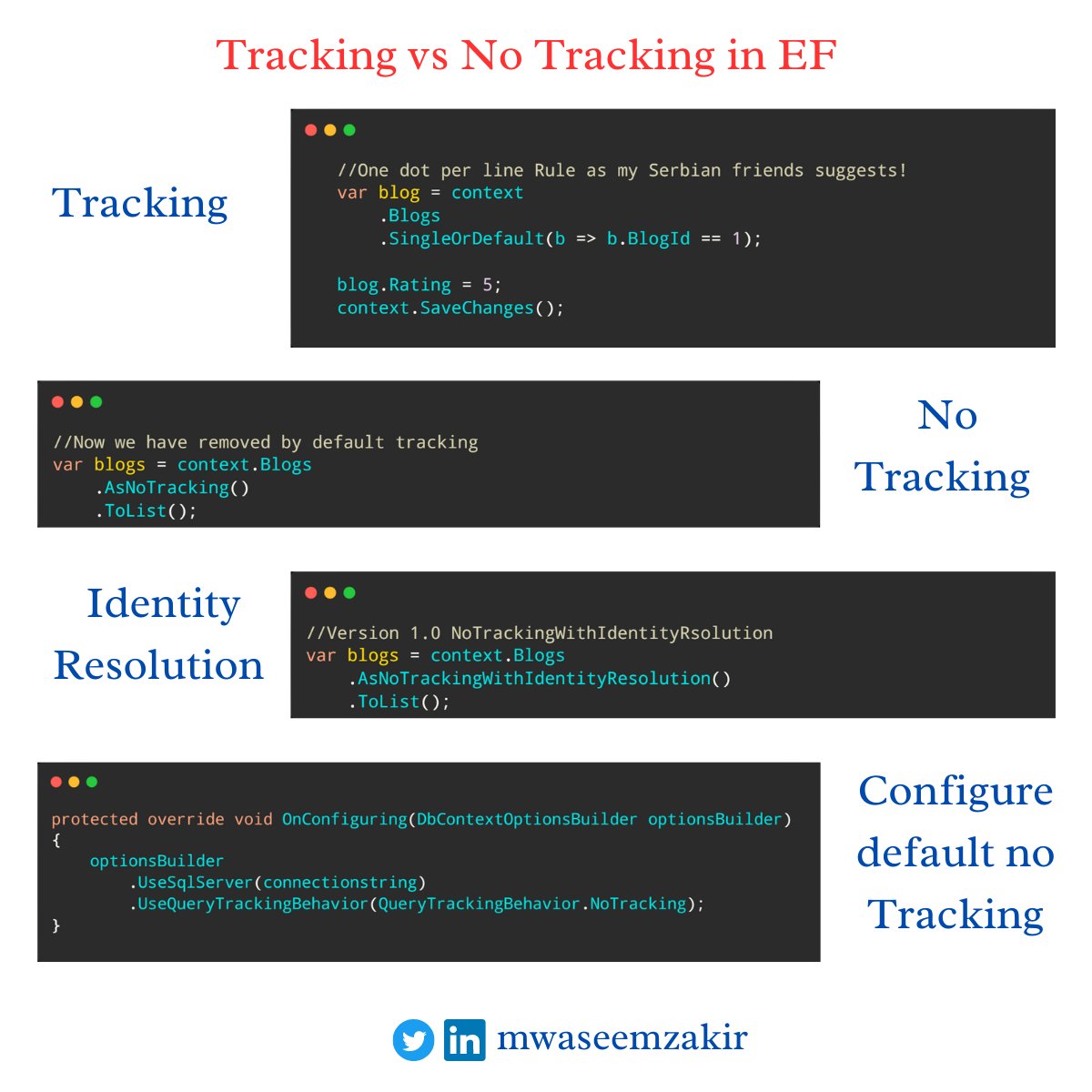💡𝐃𝐨𝐧’𝐭 𝐑𝐞𝐩𝐞𝐚𝐭 𝐘𝐨𝐮𝐫𝐬𝐞𝐥𝐟 (𝐃𝐑𝐘) 𝐏𝐫𝐢𝐧𝐜𝐢𝐩𝐥𝐞
It states that don’t repeat yourself what it means it is saying don’t duplicate code , avoid duplication. Purpose is to reduce the redundant code in your application 🧵⏬
#dotnet
It states that don’t repeat yourself what it means it is saying don’t duplicate code , avoid duplication. Purpose is to reduce the redundant code in your application 🧵⏬
#dotnet

Following the DRY Principle can give us following benefits
1. Improved maintainability of code
2. Reduces the risks of bugs
3. Code becomes easier to understand
#dotnet
1. Improved maintainability of code
2. Reduces the risks of bugs
3. Code becomes easier to understand
#dotnet
If you are not applying DRY Principle you need to test/debug all process separately for similar code.
We can fulfil DRY Principle using Inheritance and Polymorphism.
#dotnet
We can fulfil DRY Principle using Inheritance and Polymorphism.
#dotnet
Scenario, if you find yourself in a situation where multiple classes are using same properties then you can create a base class that will contain those repeated properties and you can inherit your class from it.
#dotnet
#dotnet
DRY is not just limited to properties you have to apply at every point to avoid any kind of repetition methods/classes/properties etc.
✉ Join 2100+ Software Engineers to receive a weekly tip of C# via my Newsletter (lnkd.in/dNHxJGRG)
#dotnet
✉ Join 2100+ Software Engineers to receive a weekly tip of C# via my Newsletter (lnkd.in/dNHxJGRG)
#dotnet
• • •
Missing some Tweet in this thread? You can try to
force a refresh

 Read on Twitter
Read on Twitter









